Mysterious Britain & Ireland
Taking the B4391 towards Bala from Llan Ffestiniog for just over a mile, you pass close to an Iron Age hillfort situated in rough moorland known as Bryn-y-Castell. The site was excavated by students from Plas Tan-y-Bwlch (Maentwrog) between 1979 and 1985, and it was found to be an important site for iron production until the arrival of the Romans in North Wales when it was abandoned.
An ancient Chinese proverb states "The road to Sichuan is harder than climbing the sky". Certainly before the advent of modern roads and rail the Sichuan basin was impossible to reach without a long and dangerous journey through harsh mountains where cold, fatigue, hunger, bandits and wild animals waited for those entering the region.
Elias Owen gives the following account of a series of disturbing experiences that befell a Sabbath breaker in his 1887 book ‘ Welsh folk-lore: a collection of the folk-tales and legends of North Wales’. The account relates to the experiences of one William Davies and was given to Owen by the late Rev. J. L.
St Digain’s Church in Llangerny has a unique living ancient monument, a male yew tree that is possibly aged 4000 to 5000 years making it one of the oldest living organisms in the world. There is also a tradition associated with the church and All Hallows Eve when a spirit would reputedly announce the names of those about to die from the altar.
There have been a series of churches in Capel Garmon, the latest of which is the now closed, this being St Garmon’s Church that was built in 1862. In his ‘Welsh folk-lore’ (1887) Elias Owen recounts the following legend he heard pertaining to the church in Capel Garmon from his friend Rev. Owen Jones of Pentrevoelas.
Situated outside Exmewe House (currently Barclays Bank) in Ruthin, is a large boulder that was reputedly used by King Arthur as a chopping block when he killed a love rival. The story states that King Arthur and Huail (son of Caw) once fought over the favours of a lady.
St Gwynog’s Church in Aberhafesp currently dates from 1857 when the earlier church was rebuilt. Though the first parish registers date from 1578, there are records of a church here in Aberhafesp dating back to 1254. The church is dedicated to the 6th century Gwynog (Born 511 – Died 580), the son of Gildas.
There is a legend associated with Rhyd-y-Cae Bridge where a local man was enticed into a game of cards with Satan himself. The following account of the story appeared in Elias Owen’s ‘Welsh folk-lore’ (1887).
The white washed Llangar Church can be found about a mile from Corwen and can be dated from the late 13th century though it could possibly be as old as the 11th century. Its original name of ‘Llan Garw Gwyn’ (The Church of The White Deer) possibly alludes to a legend dating back its initial erection.
The following article by Nick Dermody about the Trefal Stone appeared on the BBC Wales website on 24 May 2012.
‘Archaeologists are to exhume and analyse human bones found under a prehistoric monument only recently identified as a burial site cap.

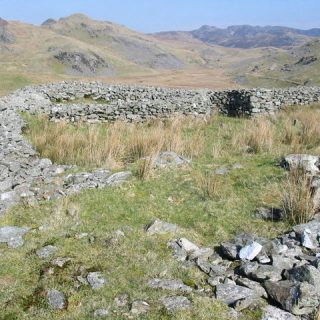
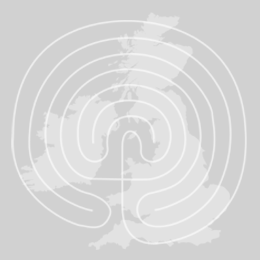
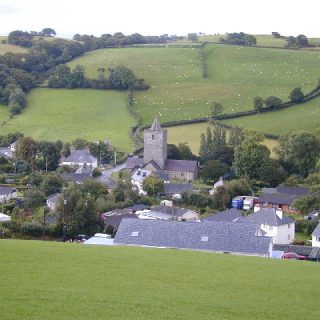
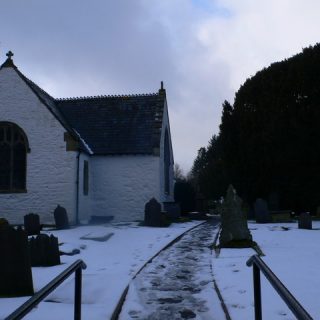
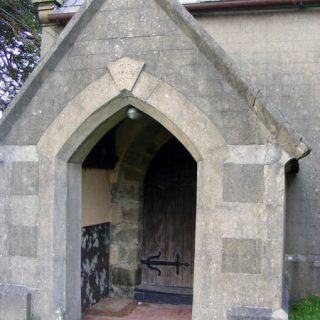
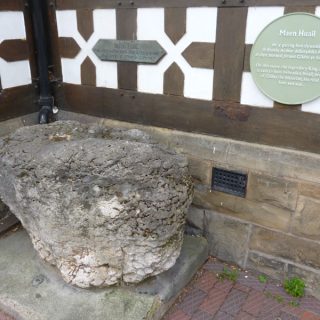
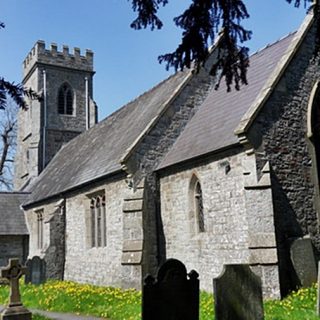
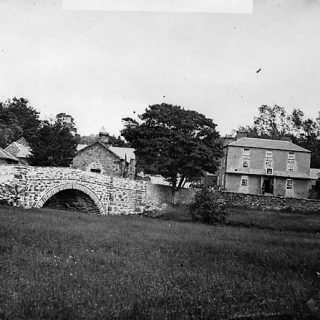
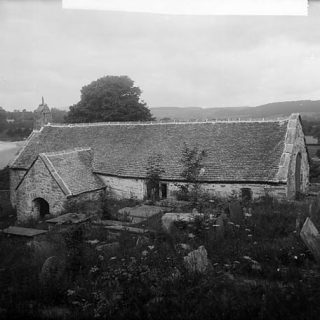
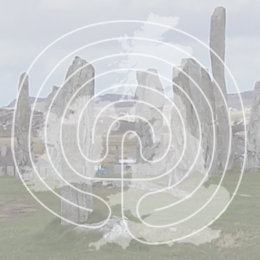
Recent Comments